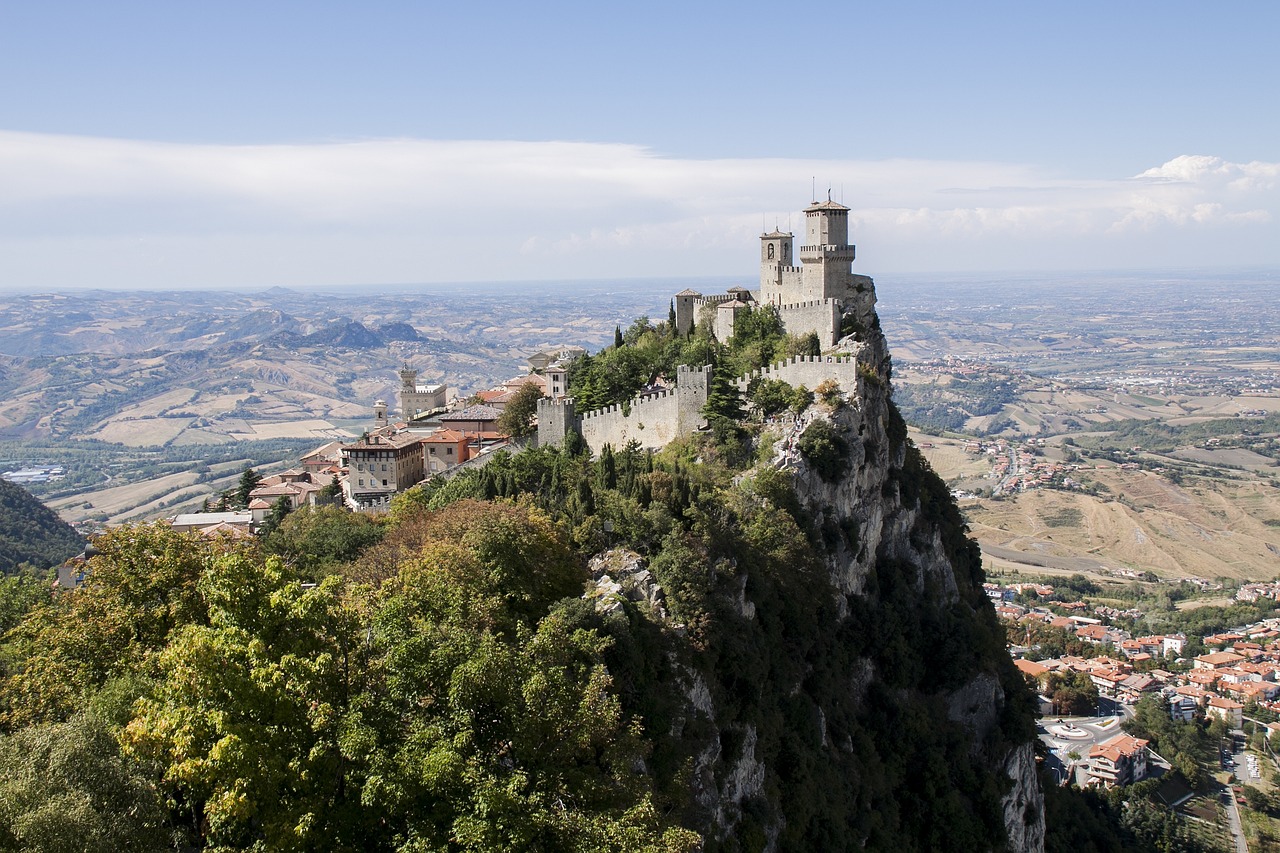San Marino Video
Visa and Stay Regulations for Digital Nomads in San Marino
San Marino, the fifth smallest country in the world, located within Italy, is a hidden gem for digital nomads seeking a unique destination to live and work. This picturesque microstate offers stunning landscapes, a rich cultural heritage, and a favorable environment for remote workers. In this article, we will explore the visa and stay regulations for digital nomads in San Marino, providing you with all the essential information you need to know before embarking on your digital nomad journey.
Overview of San Marino
- Unique Cultural Heritage: San Marino is renowned for its rich cultural heritage, with UNESCO World Heritage Sites like the Historic Centre and Mount Titano. The country’s history dates back to the 4th century, making it one of the oldest republics in the world.
- Picturesque Landscapes: San Marino captivates visitors with its breathtaking landscapes, including rolling hills, medieval castles, and panoramic views of the surrounding Italian countryside.
- Stable Economy: Despite its small size, San Marino boasts a stable economy, driven by sectors such as tourism, banking, and the manufacturing of ceramics and textiles.
1. Entry Requirements
- Passport: Digital nomads visiting San Marino must have a valid passport with at least six months’ validity remaining.
- Visa-Free Entry: Citizens of the European Union (EU), European Economic Area (EEA), and Switzerland can enter San Marino visa-free for stays of up to 90 days within a 180-day period.
- Non-EU Citizens: Non-EU citizens should check the visa requirements for Italy, as San Marino does not have its own separate visa system. If you plan to stay longer than 90 days, you may need to apply for a long-stay visa for Italy.
2. Residence Permit
- Long-Term Stay: Digital nomads planning to stay in San Marino for more than 90 days must obtain a residence permit from the Italian authorities.
- Application Process: The application process for a residence permit in Italy involves submitting the necessary documents, including proof of accommodation, financial means, and health insurance coverage.
- Documentation: You may also be required to provide a valid employment contract or proof of self-employment, demonstrating your ability to support yourself during your stay.
3. Cost of Living
- Housing: The cost of housing in San Marino can vary depending on the location and size of the property. On average, renting a one-bedroom apartment in the city center can cost around €600 to €800 per month.
- Transportation: Public transportation in San Marino is affordable and efficient, with bus services connecting different areas of the country. A monthly bus pass costs approximately €25.
- Food and Dining: Eating out at local restaurants can range from €10 to €30 per meal, while groceries for a week may cost around €50 to €70.
San Marino Image 1:

4. Internet and Co-Working Spaces
- Internet Availability: San Marino offers reliable and high-speed internet connectivity, making it an ideal destination for digital nomads.
- Co-Working Spaces: While San Marino may have limited dedicated co-working spaces, there are numerous cafes and libraries offering free Wi-Fi where you can work remotely.
5. Healthcare
- Healthcare System: San Marino has a well-developed healthcare system that provides quality medical services to residents and visitors.
- European Health Insurance Card (EHIC): EU/EEA citizens should obtain the EHIC to access medical care in San Marino. Non-EU citizens should have comprehensive health insurance coverage.
6. Safety and Security
- Low Crime Rate: San Marino has a low crime rate, making it a safe destination for digital nomads.
- Emergency Services: The emergency services number in San Marino is 112, which can be dialed for immediate assistance.
San Marino Image 2:

7. Cultural Etiquette
- Respect for Traditions: San Marino has a strong cultural heritage, and it is important to respect local traditions, customs, and values.
- Dress Code: Dressing modestly and respectfully when visiting religious sites or attending formal events is appreciated.
8. Climate
- Mediterranean Climate: San Marino experiences a Mediterranean climate, with mild winters and warm summers. The best time to visit is during the spring and autumn seasons.
- Weather Conditions: It is advisable to check weather forecasts regularly, as conditions can vary throughout the year.
9. Banking and Currency
- Euro (EUR): The official currency of San Marino is the euro, and ATMs are widely available throughout the country.
- Banking Services: San Marino has a robust banking system, offering a range of services for residents and visitors.
San Marino Image 3:

10. Transportation
- Public Transportation: San Marino has an efficient public transportation system, including buses and cable cars, providing easy access to different parts of the country.
- Taxis and Rideshares: Taxis and rideshare services are available in San Marino, offering convenient transportation options.
11. Places of Interest
- Historic Centre of San Marino: Explore the narrow streets, medieval architecture, and historic landmarks of San Marino’s charming capital.
- Mount Titano: Hike up Mount Titano to enjoy panoramic views of the surrounding countryside and visit the three iconic towers: Guaita, Cesta, and Montale.
- Basilica di San Marino: Admire the grandeur of the Basilica di San Marino, a beautiful church located in the heart of the city.
12. Conclusion
San Marino offers a unique experience for digital nomads seeking a blend of history, natural beauty, and a favorable environment for remote work. With its visa and stay regulations accommodating long-term stays, picturesque landscapes, and a stable economy, San Marino is an attractive destination for those looking to combine work and leisure in an enchanting setting.
References
- visitsanmarino.com
- italia.it
- nomadlist.com
- sanmarinotourism.com


